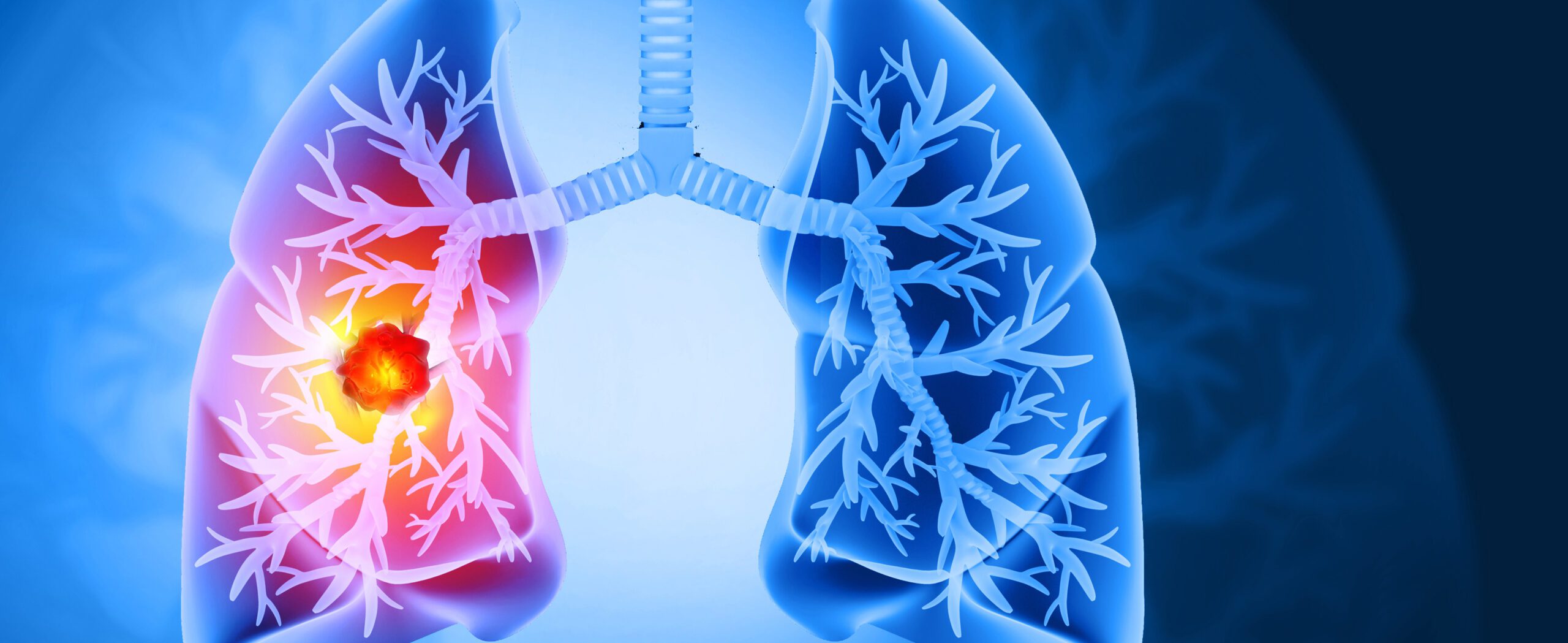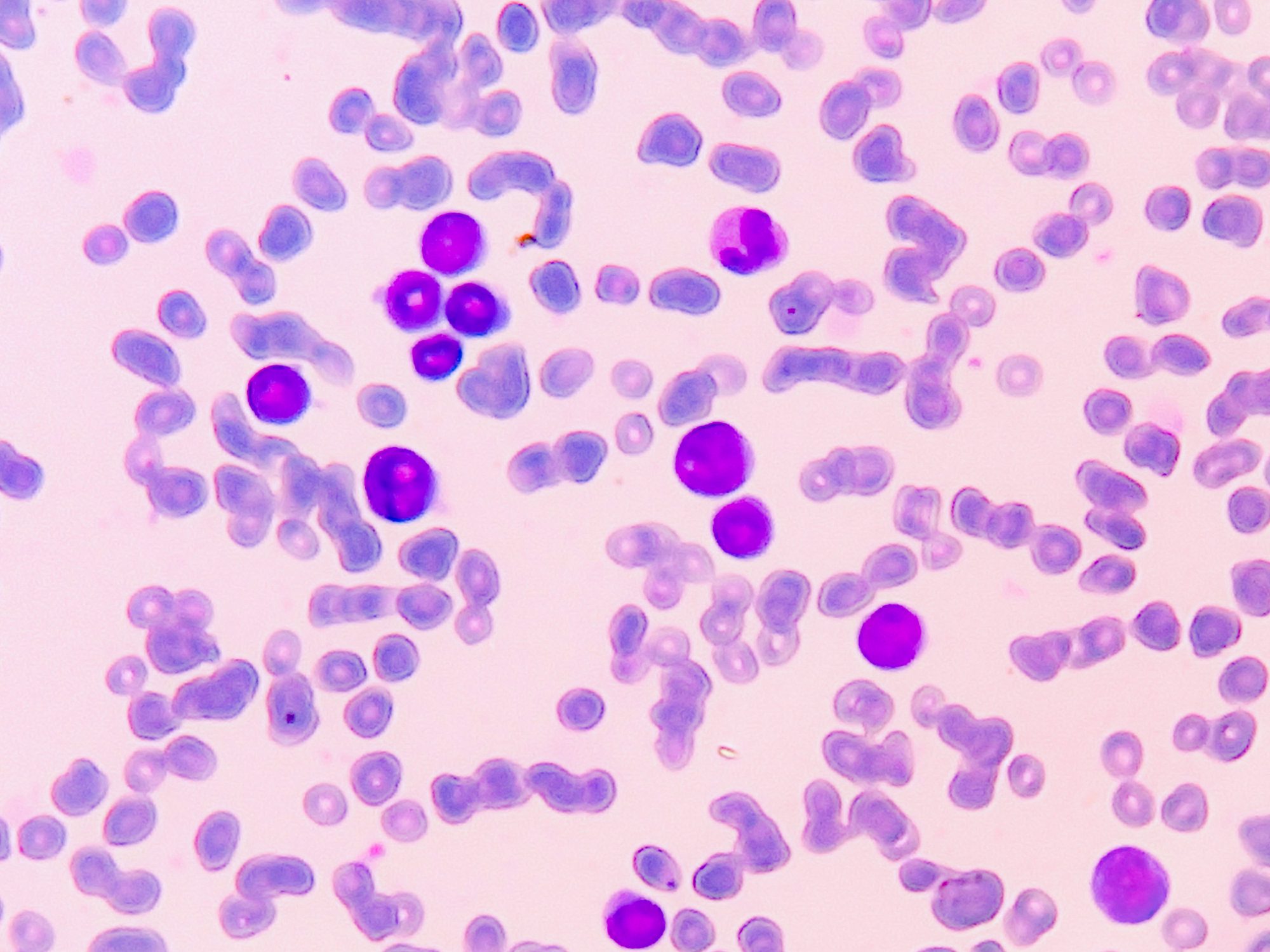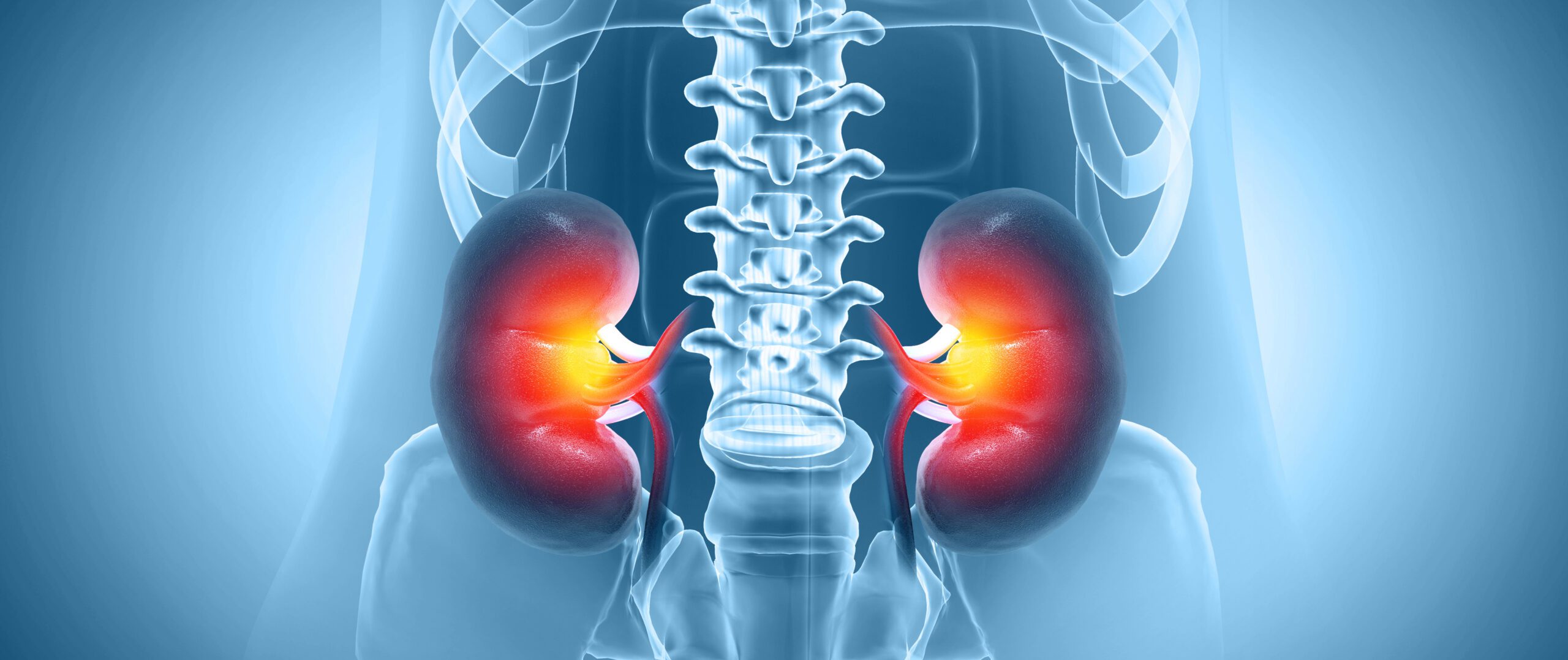Neurogenin 3 (NEUROG3), the mutation of which can lead to diabetes, is only active for a short time during pancreatic development, which is why its behavior and dynamics, particularly in the context of human development, have been unclear. Researchers at the Max Planck Institute for Molecular Cell Biology and Genetics (MPI-CBG) in Dresden, Germany, and the Novo Nordisk Foundation at the University of Copenhagen have now used a special method to observe both the activity of the gene and the protein it forms in human pancreatic cells to better understand the gene.
This method makes it possible to link the dynamic behavior of pancreatic cells, which could be observed in live recordings, to all the genes they produce. This provides a better understanding of how the hormone-producing cells of the pancreas develop. This could pave the way for obtaining more of these cells for therapeutic purposes, for example for the production and transplantation of these cells in patients suffering from diabetes.
The different cells in the pancreas control our blood sugar, such as the beta cells that produce insulin. Insulin helps to lower our blood sugar. When these cells stop functioning or die, we can develop diabetes. As our bodies grow, all of these special cells derive from a single cell type in the pancreas, the endocrine precursor of the pancreas. This type of cell only uses a gene called NEUROG3 for a short time to do its job.
The research group of Anne Grapin-Botton, Managing Director at the MPI-CBG in Dresden, together with colleagues from the Novo Nordisk Foundation at the University of Copenhagen, set out to study these special cells in the pancreas that use the NEUROG3 gene in more detail and to understand how this gene behaves in individual cells.
“We used special labels to see NEUROG3 in these cells. This allowed us to observe in live images how the cells move over time,” explains Belin Selcen Beydag-Tasöz, first author of the study, and continues, “By looking at 2-D and 3-D models of the human pancreas, we found that the concentration of the NEUROG3 gene was different in the different cells. Some cells had a lot of this gene, while others had very little. Surprisingly, all the cells in which NEUROG3 was detectable formed cells that produced hormones, despite these differences. Another surprising finding was that NEUROG3 works about two times slower in humans than in mice. This means that this gene takes more time to do its job in humans than in mice.”
The researchers used the method of long-term live imaging to observe a process that is normally hidden in the womb. The brightness of the cells helped them to combine the activity of the genes with the behavior of the cells. In this way, the research team found that another gene called KLK12 causes cells to move to form islets of Langerhans once the NEUROG3 gene starts working.
Anne Grapin-Botton, who led the study, summarizes: “The cell culture systems we have developed to understand how cells in human embryos form organs are beginning to bear fruit. In our study, we have learned much more about how the activity of certain genes during embryonic development can lead to diabetes later in life. The results show that there is some flexibility in terms of controlling NEUROG3 when making endocrine cells for future therapeutic applications where these cells are transplanted into diabetic patients.”

Beydag-Tasöz et al, Developmental Cell, MPI-CBG.
Original publication:
Belin Selcen Beydag-Tasöz, Joyson Verner D’Costa, Lena Hersemann, Byung Ho Lee, Federica Luppino, Yung Hae Kim, Christoph Zechner, Anne Grapin-Botton: Integrating single-cell imaging and RNA sequencing datasets links differentiation and morphogenetic dynamics of human pancreatic endocrine progenitors, Developmental Cell, 2023, https://doi.org/10.1016/j.devcel.2023.07.019.












